Why do it?
There are essential phonological awareness skills that are needed to learn to read. In other words, phonological awareness skills are the basis that phonics and sight words are built upon when reading.
Phonological awareness skills and the following easy activities are easy to do because they require no prep. Grab your FREE guide here! Remember phono-has to do with hearing, so phonological happens all through the ears. Once you add letters, it becomes phonics.
📌THIS IMAGE FOR LATER
Essential phonological awareness activities are done through speaking and hearing. Therefore, beginning readers can do the easy activities without worrying about reading words.
Use letters that the students know but never focus on the print. As a result, students will feel successful.
Here are all the skills from easiest to hardest!
Phonological Awareness Skills and Fun Activities
| Rote imitation and enjoyment of rhyme and alliteration | Each person saya a rhyming word: bat, hat, cat, zat (nonsense words count) Practice saying tongue twisters 5 times fast: “She sells sea shells by the sea shore.” |
| “Which two words rhyme: big, pot, fig?” |
|
| Recognition of phonemic changes in words | Call students by diffent names~Madison ..Wadison Sing and play “Willaby, Walloby, Woo” |
| Clapping, counting syllables | Make a class chart of students’ names: Jade (1 syllable) Mason (2 syllables) |
| Distinguishing and remembering separate phonemes in a series | Show sequences of single phonemes with colored counters |
| Blending onset and rime | c-at, p-ig, d-og Using words in a group is easier at the beginning…then randomize d-og, d-esk, h-op |
| Producing a rhyme | “I’ll say words three word that rhyme, you tell me one more…cat, fat, sat, _______” |
| Matching initial sounds; isolating an initial sound | “Say the first sound in Nicholas (/n/); Sam (/s/); Lyle (/l/).” |
| Compound word deletion | “What is baseball without base” (ball) |
| Syllable deletion | “What is Mason without son.” (Ma) |
| Blending of two and three phonemes | /p/ /i/ (pie) /j/ /ā/ (Jade) /b/ /a/ /g/ (bag) |
| Phoneme segmentation of words that have simple syllables with two or three phonemes (no blends) | “Say the word as you move a chip for each sound.” g-o sh-y b-a-g |
| Phoneme segmentation of words that have up to three or four phonemes (include blends) | “Say the word slowly as you move a chip.” b-a-ck ch-ur-ch c-l-a-p |
| Phoneme substitution to build new words that have simple syllables (no blends) | “Change the /b/ in bag to /l/. (lag) Change the /ā/ in cane to /ō/.” |
| Sound deletion (initial and final positions) | “Say meat. Say it again, without the /m/.” “Say safe. Say it again, without the /f/.” |
| Sound deletion (initial position, include blends) | “Say prank. Say it again, without the /p/.” |
Most importantly, working with these essential phonological awareness skills and easy activities can happen easily especially when reading titles of books, during wait times, and during transitions. Therefore; Grab this list to help you remember!
However, if students are struggling:
- Do 1 activity at a time!
- Work in small groups!
- Sub student names from your class!
Teach Magically,
Debora
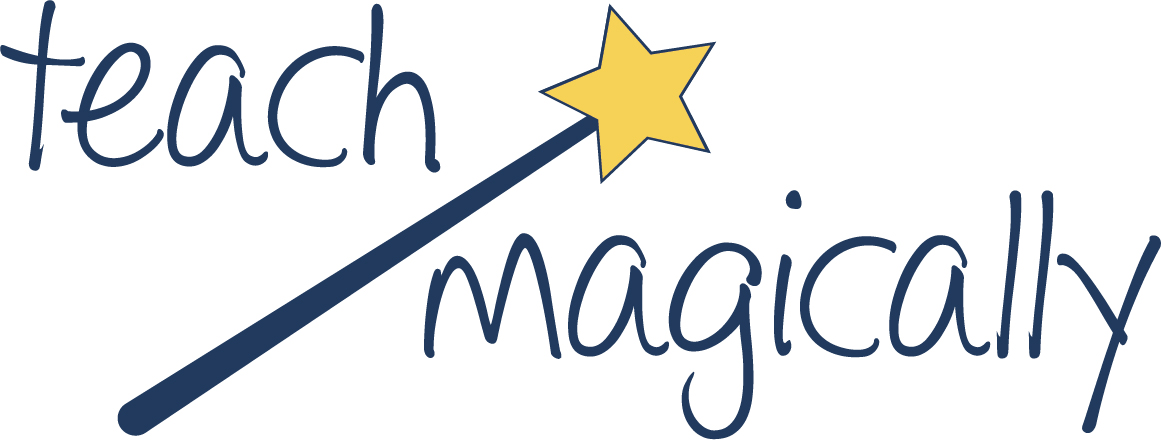
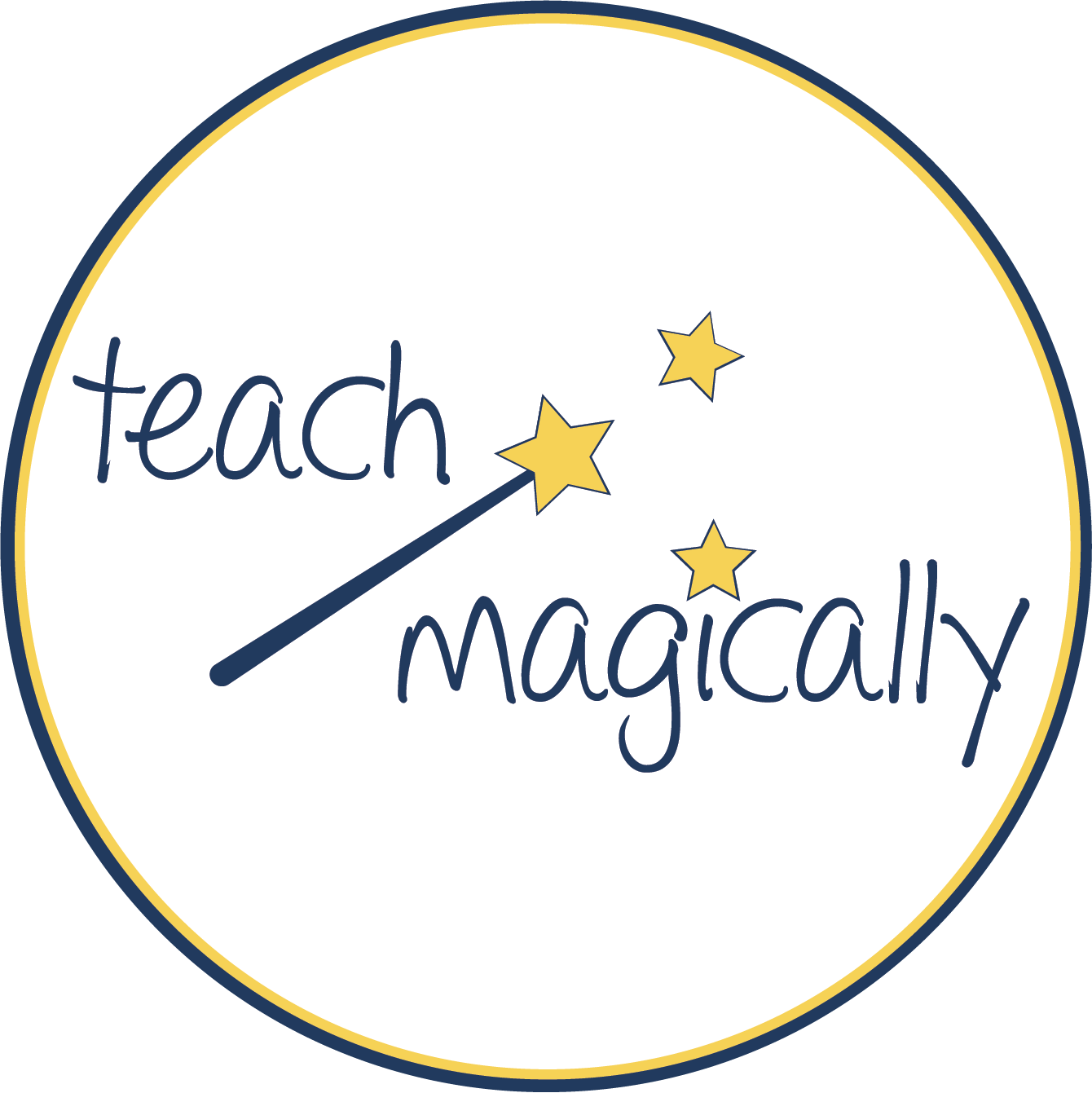
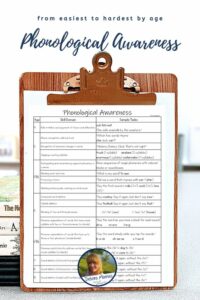
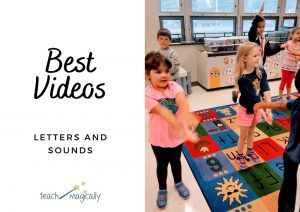
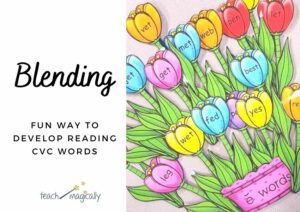
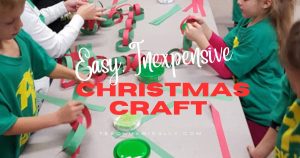
Thank you for sharing this article! This is really helpful because learning phonetics and tongue twisters might be a real challenge for some students.
It is difficult but so important!